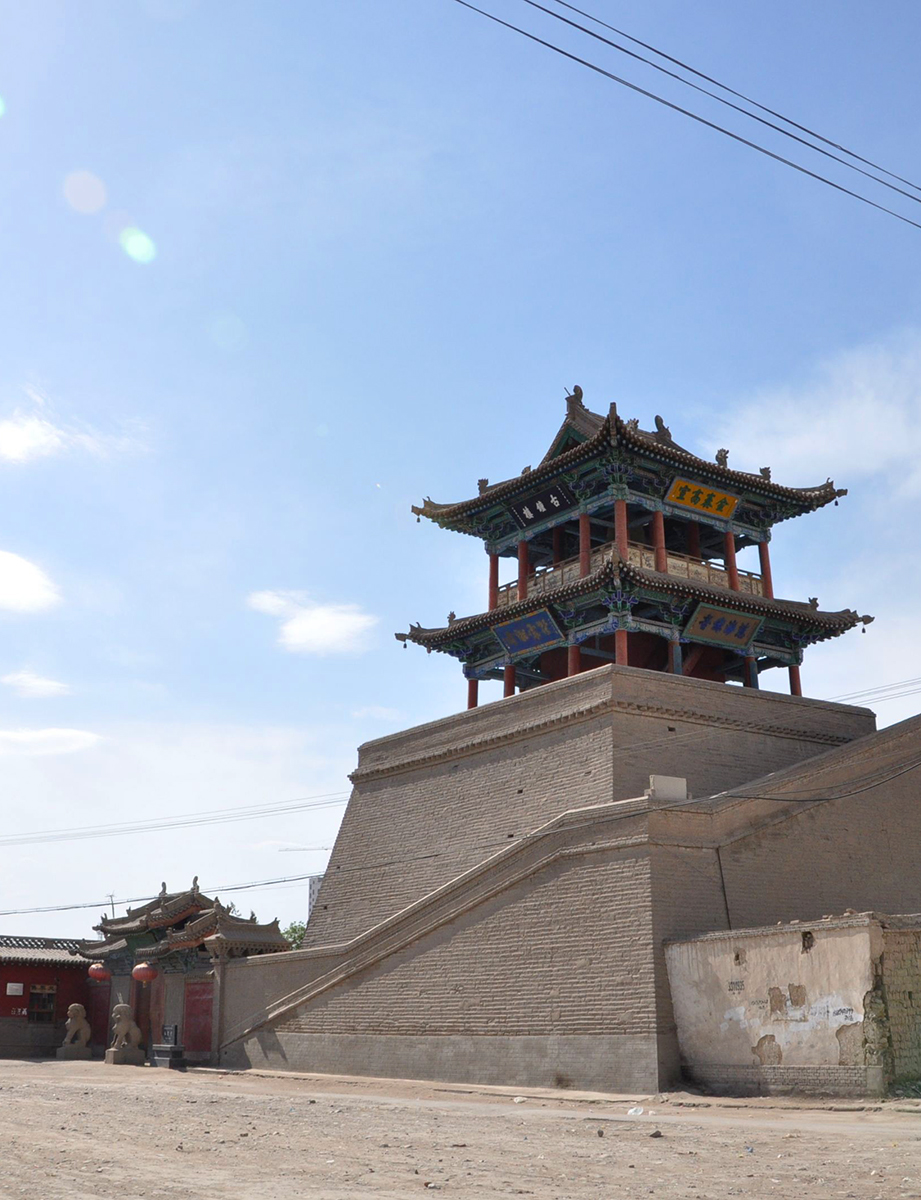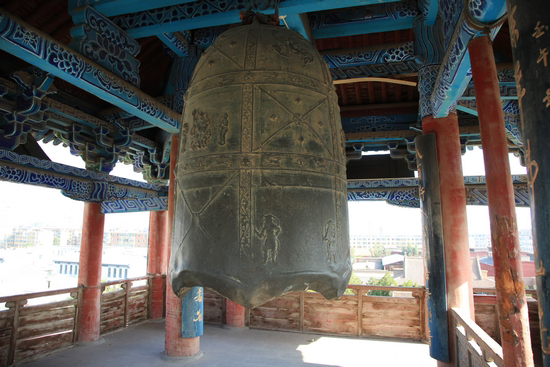
The ethereally named Dayun or “Great Cloud” Temple is widely considered to be the oldest Buddhist temple in the city of Wuwei, which was once an integral oasis trading hub along the ancient Silk Road. Although the exact date remains a mystery, the temple was originally founded during the Eastery Jin Dynasty (317–420) by a man named Zhang Tianxi, who was serving as the regional governor of Liangzhou (modern-day Wuwei) at the time. It was established under the name Hongzang or “Spacious Repository” Temple, which is believed to be due to its status as a reliquary for sacred Buddhist objects. In particular, there was once a magnificent seven-storied wooden stupa known as the Gantong stupa that was part of the temple complex, which was said to be one of the original Ashokan reliquaries.
King Ashoka was an Indian Emperor who ruled large swathes of territory in the Indian subcontinent under the Maurya Dynasty (323-184 BC). According to a Buddhist text known as the Ashokavadana, King Ashoka collected seven of the eight relics of Gautama Buddha and separated them into 84,000 elegantly decorated boxes made of precious materials, such as gold, silver, cat’s eye, and crystal. Using his immense power and wealth, he ordered that 84,000 stupas be built around the world to house these sacred boxes, and it is said that Gantong stupa was one such special stupa. In fact, this stupa was so revered by the local people that, during the Five Dynasties and Ten Kingdoms Period (907-960), a much-hated garrison commander hid within it after being chased down by a mob. When he threatened to burn himself alive and thus endanger the wooden stupa, the local people decided to let him go, rather than risk the safety of such a sacred structure.
It wasn’t until 690, when the Tang Dynasty (618-907) was briefly interrupted by the ascension of China’s first and only female emperor, Emperor Wu Zetian, that the temple would receive its current name. Emperor Wu Zetian was a devout Buddhist and decreed that there would be a Buddhist temple named Dayun Temple in every prefecture. As was customary during this time, rather than construct an entirely new temple for this purpose, the Hongzang Temple was simply renamed to the Dayun Temple.
From 754 until 756, the famous northern Indian monk Amoghavajra lived within the temple at the request of a military governor named Geshu Han, who was tasked with protecting the Hexi Corridor and Gansu province during this time. These types of visits served both spiritual and political ends. While the arrival of renowned monks was guaranteed to impress the devout, the fact that such a prominent figure had heeded the call of a Tang military governor helped to solidify the imperial government’s claim to the city of Wuwei. After all, this city was located at a strategic location along the Silk Road and played an integral role in managing trade, which made it hotly contested territory.
When the region was conquered by the mysterious Tangut people, who established the Western Xia Dynasty (1038–1227), the temple was renamed once again to the Huguo or “State Protecting” Temple. This strange new name was in large part due to the fact that, during their reign, the Tanguts faced opposition from the south in the form of the Song Dynasty (960-1279) and the southwest in the form of the Kokonor Tibetans, particularly in a place as strategically located as Wuwei. The renaming of the temple reflected the Tanguts anxiety about their ability to effectively protect their new territory from rival groups.

Tragically it seems that the temple’s new name wasn’t enough to protect itself, as it was destroyed during the Yuan Dynasty (1271-1368) and had to be rebuilt during the Ming Dynasty (1368-1644). Its bad luck didn’t end there, however, as it was reduced to rubble yet again thanks to a colossal earthquake that took place during the Republic of China period (1912-1949). In its heyday, the temple was comprised of the Gantong stupa, the Northern and Southern meditation halls, the bell-tower, and a chamber dedicated to the translation and copying of sacred scriptures. Nowadays, the bell-tower is all that remains of this once venerable house of worship. Within the bell-tower, visitors will find a bronze bell that supposedly dates all the way back to the Tang Dynasty and serves as the only lasting relic of this temple’s long history.
Explore more about Wuwei on our travel:
Explore the Silk Road in China – Exclusive Itinerary for December 2020